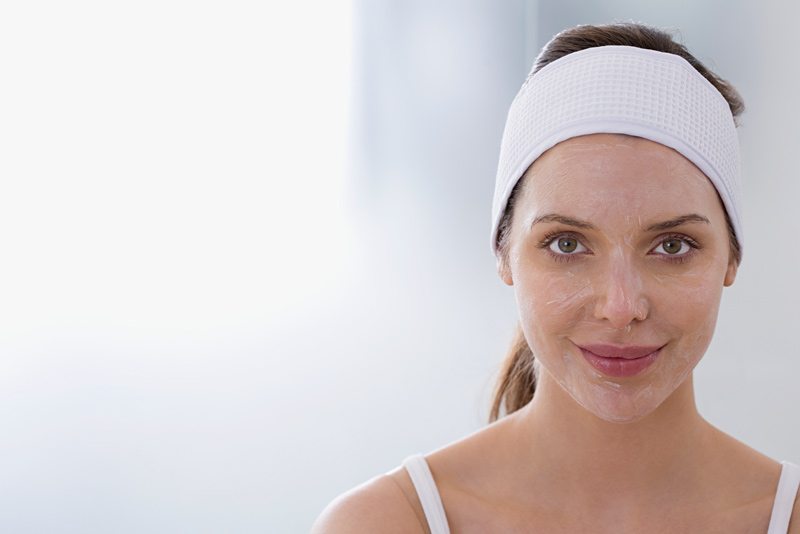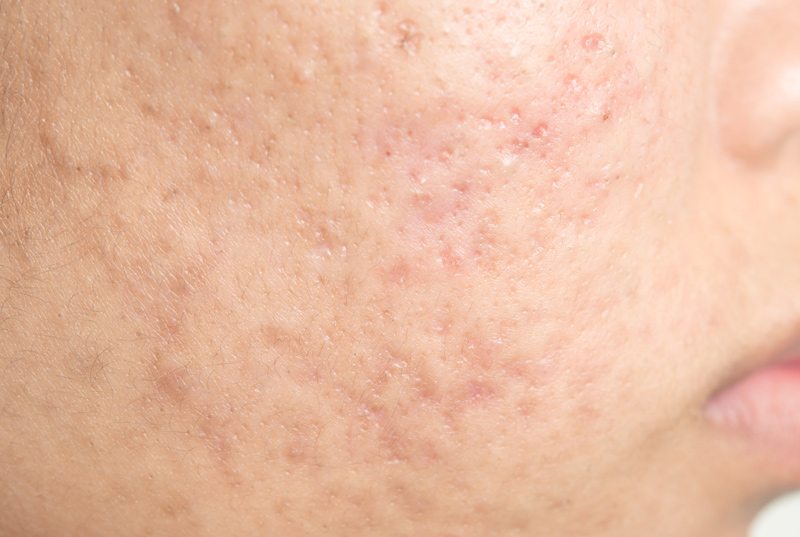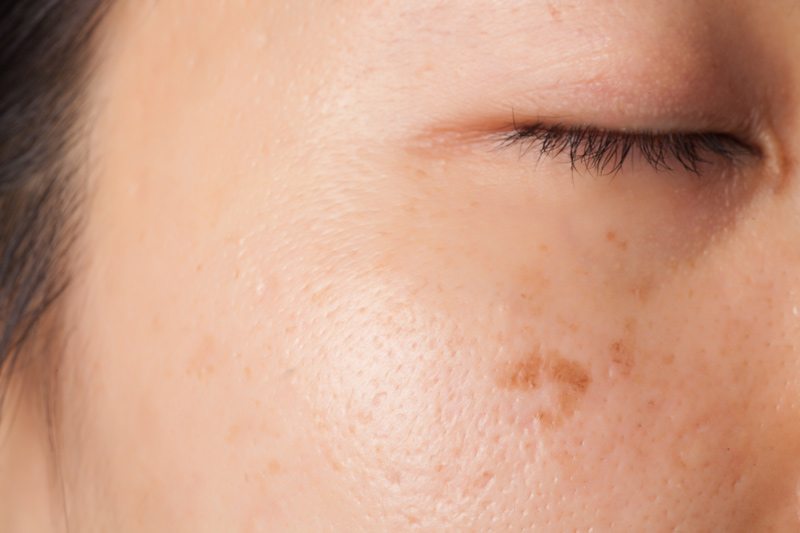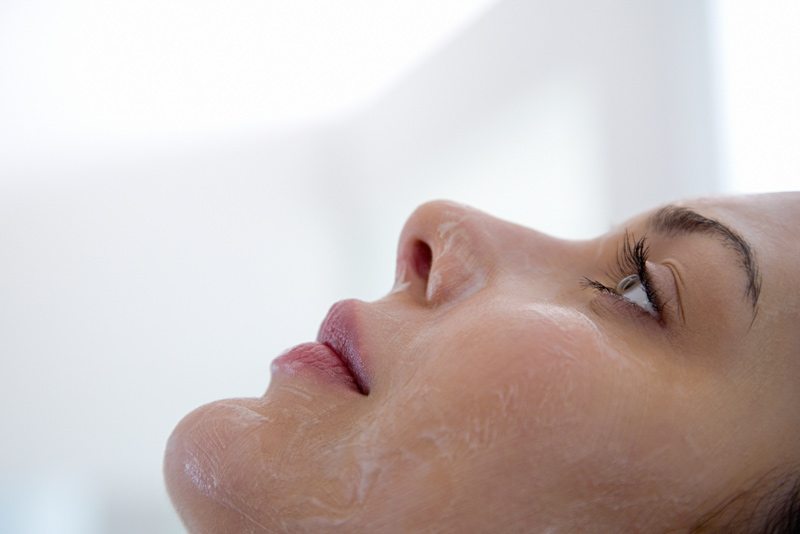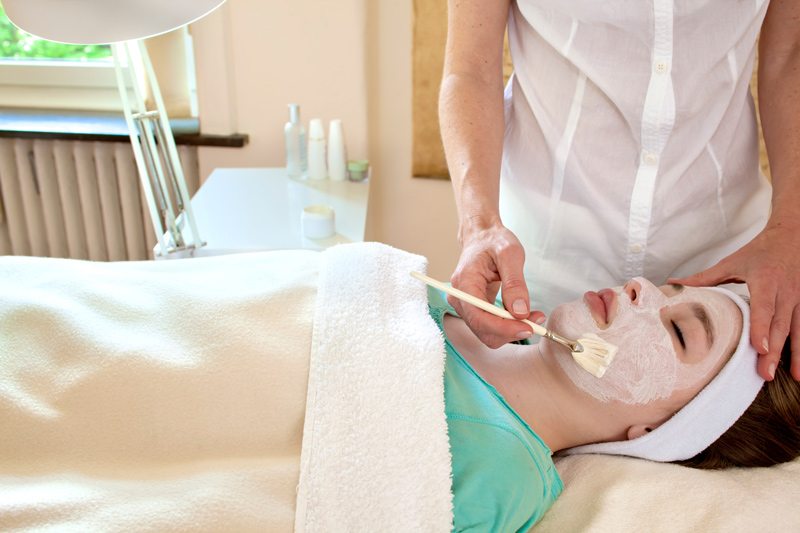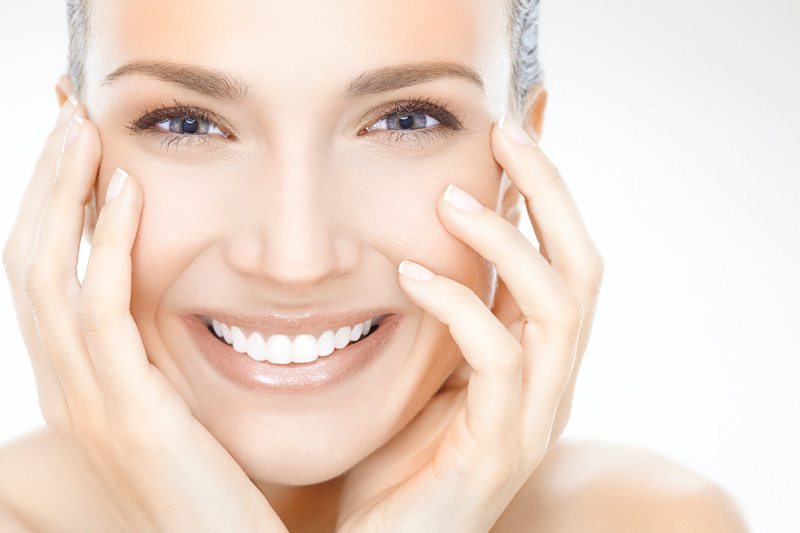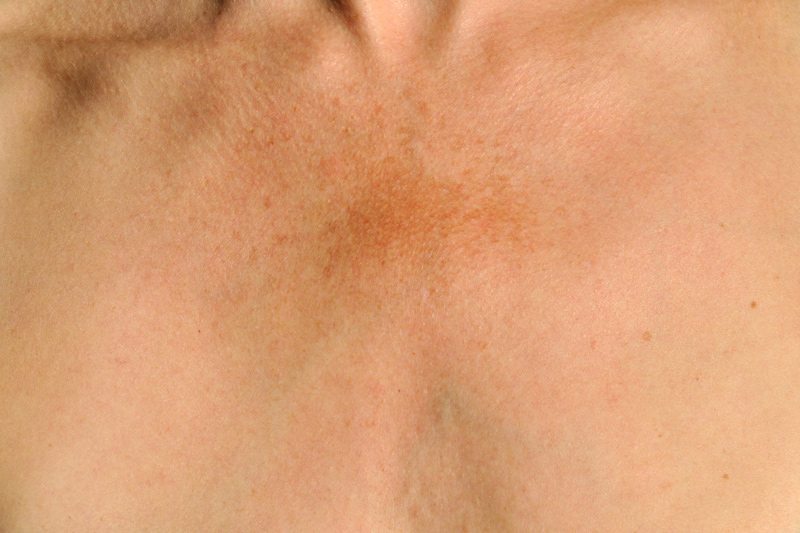
Melasma: Symptoms and Treatment
What is Melasma?
Pregnant women, those who take chemical contraceptives, or postmenopausal women who take progesterone replacement therapy commonly come down with this condition. Melasma in pregnant women is also known as chloasma, or “the mask of pregnancy”.
Cause and Symptoms of Melasma?
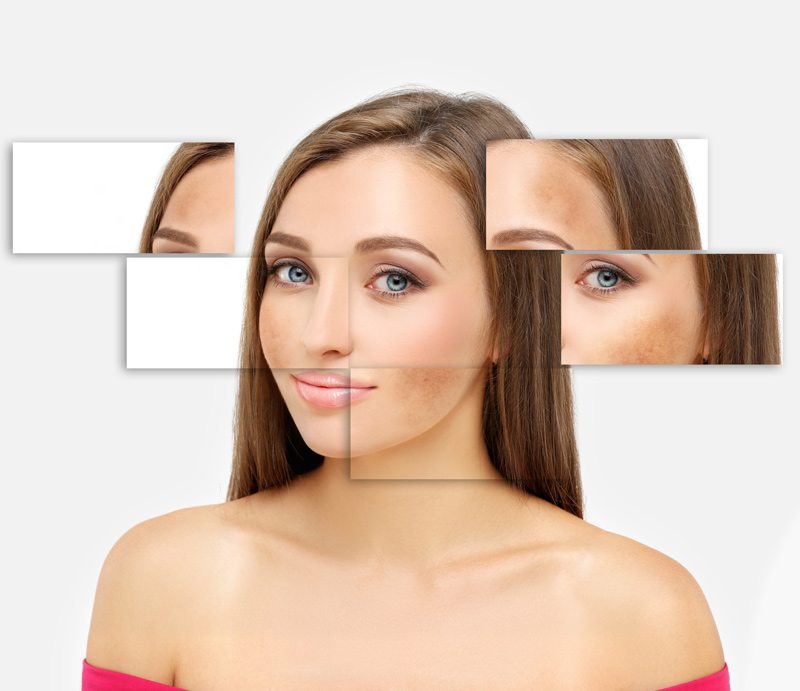
However, autoimmune thyroid disease and Addison’s disease have been associated with melasma. The development of Addison’s disease can cause melasma above the kidney area. Therefore, if discoloration occurs in other areas than your face, you may want to consult a doctor for additional information and testing.
Can It be Treated?
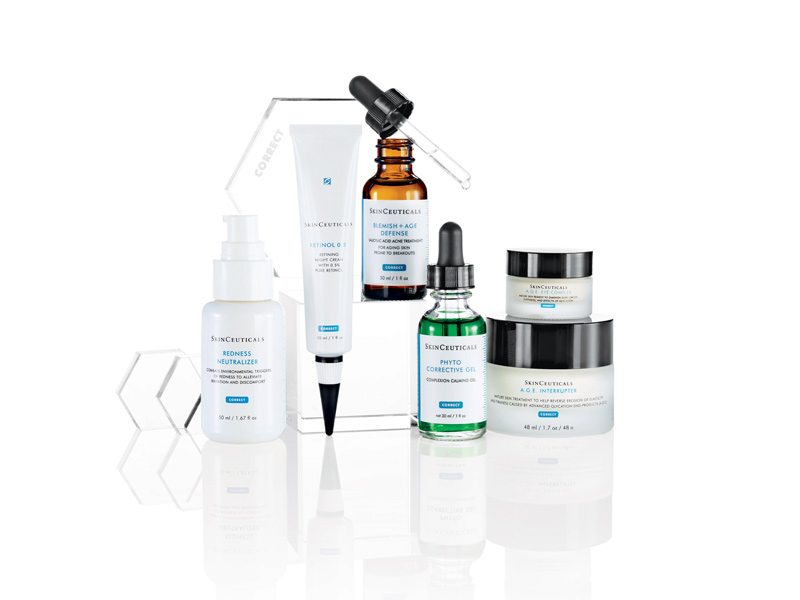
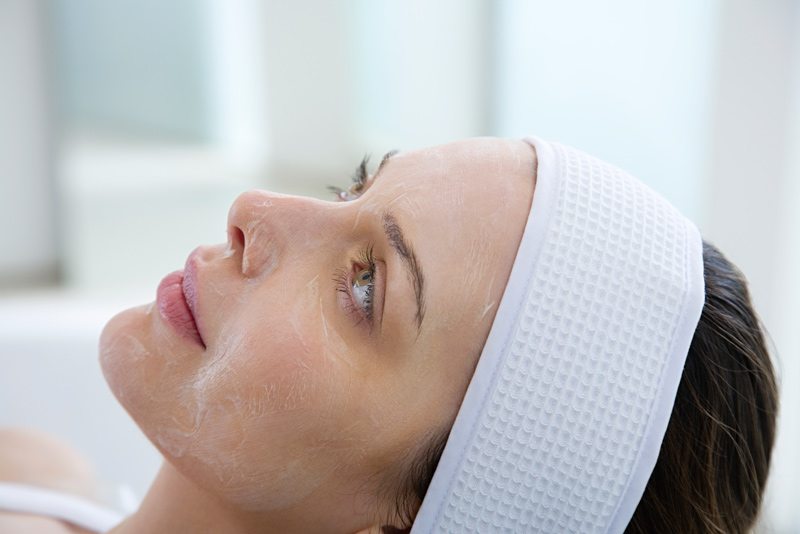
Melasma can develop slowly and it takes a while to clear up. Skin type plays a role in determining the best treatment. Melasma caused by serious sun exposure can be the most difficult to treat.
Preventing Melasma


